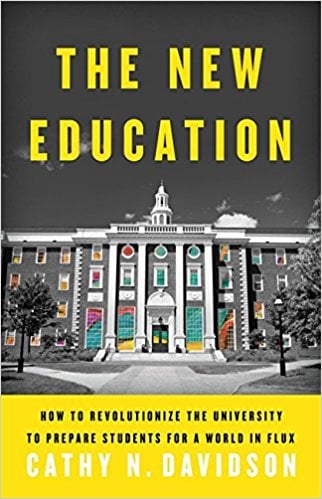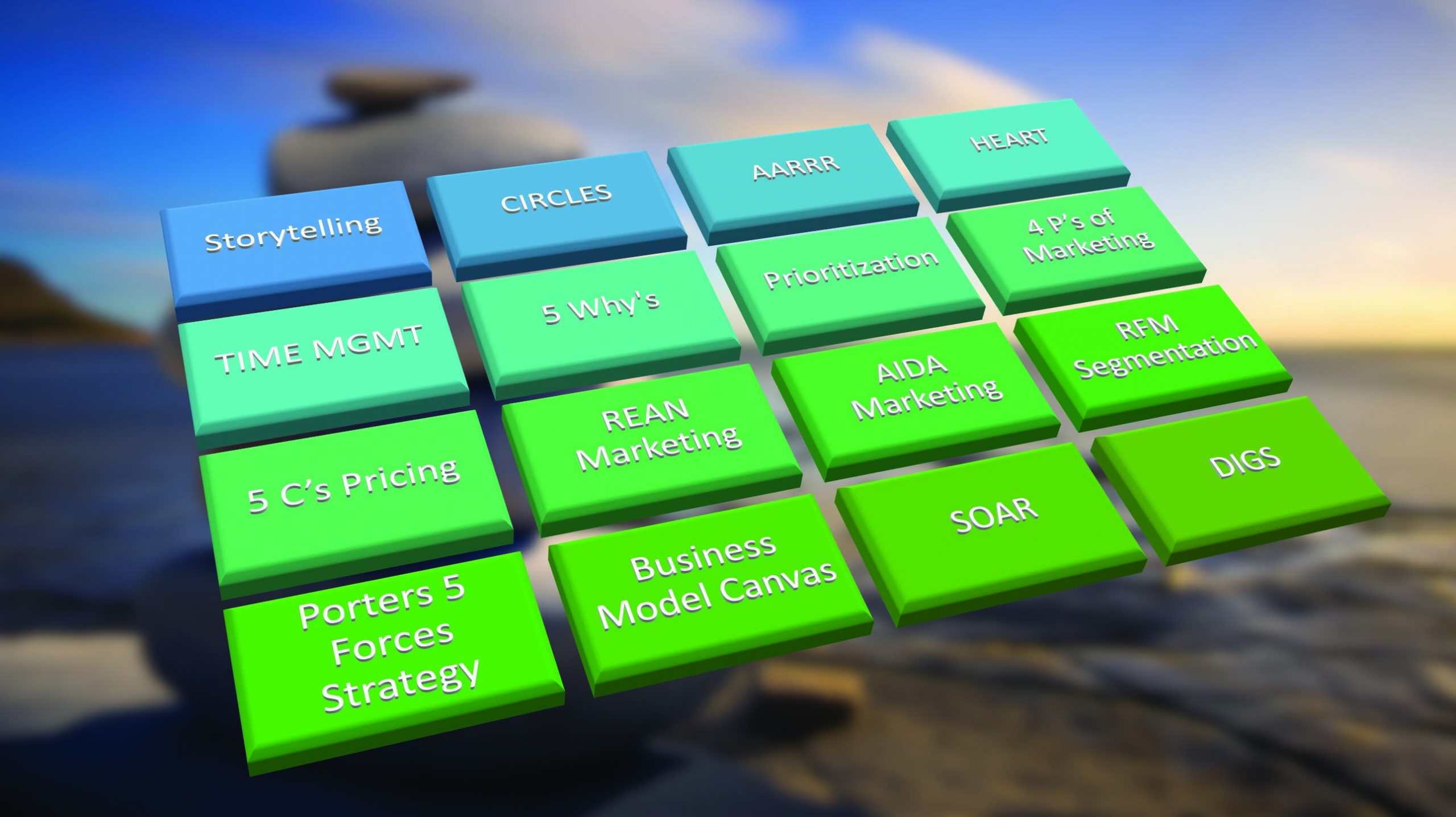 The New Education: How to Revolutionize the University to Prepare Students for a World In Flux by Cathy N. Davidson.
The New Education: How to Revolutionize the University to Prepare Students for a World In Flux by Cathy N. Davidson.
Published in September, 2017.
Cathy Davidson’s The New Education manages to pull of the neat trick of being relevant and fascinating for both the consumers and the producers of higher education. This is a book that I recommend to every tuition-paying parent and newly-enrolled student, as well a to all who make their living in academe.
The fact that Davidson is able to bridge her narrative on the history and future of higher education across a popular and academic audience is a testimony to her skills as a scholar, an educator, and a writer. Davidson knows her stuff, has something to say, and has clearly worked very hard in crafting a book that should be discussed by everyone who cares about higher education.
There are three areas of The New Education that are particularly strong. First, Davidson does a marvelous job of placing the challenges that we have in higher education to adapt to a new set of social, economic, demographic, and technological realities within a larger historical context. She dives deeply into the roots of modern higher education with an enlightening description of the reforms that Charles William Eliot brought to Harvard during his long presidency of that institution (1869-1909). Davidson argues that the template of majors, minors, electives, credits, and much else has served higher education well — but that it is past time to bring a willingness and energy to structural change.
A second theme of The New Education that I found particularly revealing was Davidson’s observations about the fragility of too many campus innovation efforts. She argues that many colleges and universities have pushed into aligning their teaching methods with the scholarship of teaching and learning (SoTL). This emphasis on active and experiential learning is certainly welcome, however as Davidson notes, many of the initiatives driving these changes depend on pilot programs and short-term funding. The work of course redesign and innovative teaching practices to support active student learning remains under-valued. Promotion and tenure remain tied more to research productivity than teaching innovation. Faculty evaluations of their teaching efforts remain tied to flawed instruments such as student course evaluations.
Discussions of higher education innovation tend to focus on elite colleges. In The New Education, Davidson goes a long way to correcting this bias with her discussions of the amazing changes going on amongst a set of community colleges and large public institutions.
The descriptions of the work of Gail Mellow, president of LaGuardia Community College, should be required reading for anyone who has ever complained about a lack of resources at their institution available to support innovation. Under President Mellow, LaGuardia Community College has become a national leader in the creation of a student-centered institution. The energy and excitement that the students, faculty and staff of this community college should inspire all of us across the postsecondary world. Davidson also spends considerable time at Arizona State University (ASU), describing how president Michael Crow has been able to drive both academic reach and prestige in the face of sustained state level budget cuts.
Are there areas of The New Education where I wanted more?
One area that I’d be interested in pushing Davidson to explore more deeply is the role of Centers for Teaching and Learning (CTLs) and departments of academic computing in driving postsecondary innovation. From what I have observed, there has been a shift in the role of many academic units and centers towards campus leadership in promoting innovation.
The other area that I wish that Davidson had explored more was the role of online learning – both traditional and open – in promoting campus learning innovation. She spends time describing her own MOOC (which was wonderful), but less time discussion how the hype around massive open online courses actually enabled many institutions to push forward in much more important and consequential investments in residential learning innovation. Similarly, the story of the role of online education as a lever for organizational change – as faculty collaborate with instructional designers to bring learning science into their course designs – is not much discussed in The New Education.
Finally, I’d hope that for her next book that Davidson spends more time with the non-faculty educators and alternative-academics (alt-acs) on our campuses. These are the folks who have great passion and ideas around academic transformation – but who are challenged to lead their schools given their lack of academic protections (tenure) or traditional organizational power (they are not chairs, deans, provosts, or presidents). My guess is that Davidson will find her people amongst the alt-acs.
Powerfully argued, beautifully written, and doggedly grounded in research and examples – The New Education is an important book in our shared work to invent the future of higher education.
[“Source-insidehighered”]





